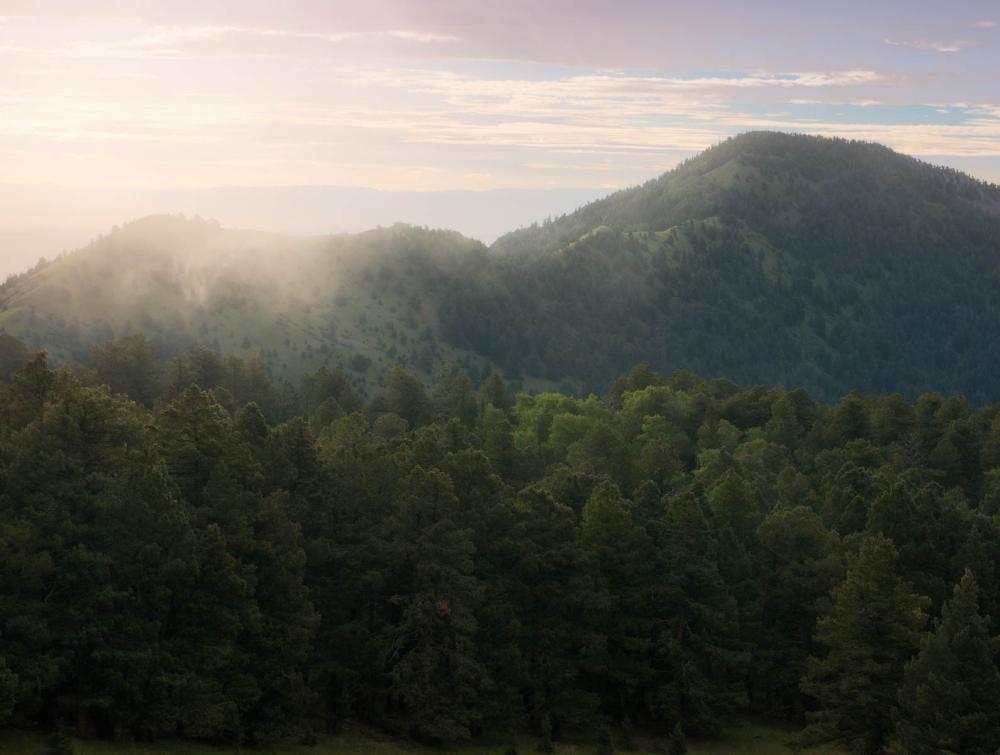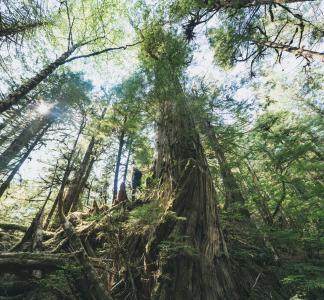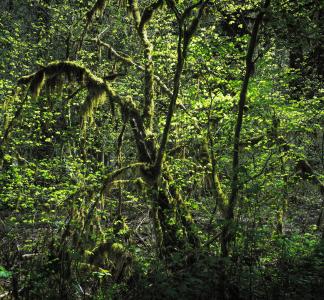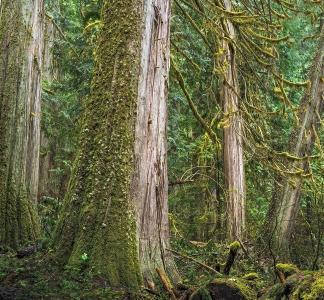How can we work together to protect our forests? A federal program provides a model.

Cibola National Forest, NM
Mason Cummings, The Wilderness Society
Federal program lays a path for collaborative forest conservation
It’s no secret that we live in extremely polarizing times. The mere mention of certain political buzzwords—like “deficit,” for example—can cause explosive reactions. With so much entrenchment, it can feel impossible to make progress. That’s certainly true of conservation and climate efforts, which have been so smeared by disinformation that even simple proposals stir disproportionate controversy.
Beneath this chaos, however, a government program has brought together diverse—and at first blush incompatible—stakeholders in collaborative efforts to protect and restore vanishing U.S. forests.
Initially chartered in 2009 and expanded in subsequent years, the Collaborative Forest Landscape Restoration Program (CFLRP) is a bipartisan effort that brings together conservationists, timber industry interests, academics, hunters, anglers and recreationists with Tribal, state and local governments to build projects that protect local forests while supporting rural economies. Nearly half a billion dollars has been invested in such projects every year since the program’s establishment. As of 2023, 17 projects are being funded that cover more than 29 million acres of forest in the western, eastern and southern United States.
These projects are further evidence that forest conservation is beneficial for local communities, including business interests. For example, the Zuni Mountains CFLR project in west-central New Mexico brings together government land management agencies, scientists, community members, conservation organizations and Tribes with local timber- and wood-processing businesses. The collaborative itself notes that industry partnership is essential to sustain the ecological goals of the project. Who would’ve thought that working together can build meaningful, lasting change?
Looking out for the oldest forests
Significantly, a new report found that the majority of these projects are addressing conservation and restoration of mature and old-growth forests. These elder woods are vital for all life—they support clean air and water, offer unique wildlife habitat and are more resilient to stressors like wildfire. However, past natural and human disturbances alike have caused these populations to dwindle; some estimates suggest old-growth only comprises 6 percent of U.S. forest estate.
Here's the good news: in reviewing 75 selected and rejected CFLRP proposals, The Wilderness Society and the Forest Stewards Guild found that 90 percent—including all 31 of the funded projects—addressed mature and old-growth forests as part of the project. This means that there is already broad and well-accepted support for mature and old-growth forest conservation across the United States, with a wide area of common ground in forest restoration practices.
In April 2022, President Biden issued an executive order directing the U.S. Forest Service (USFS) to focus in on efforts to conserve mature and old-growth forests. As the agency begins to address the President’s directive, it can and should turn to these CFLRP projects to develop new and balanced management strategies for our changing climate.



